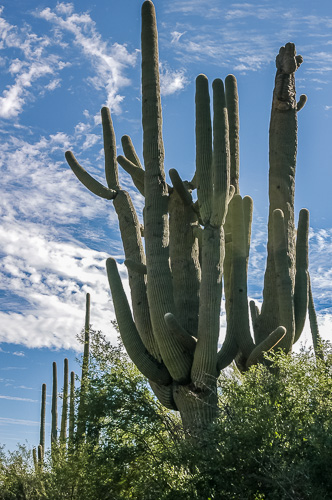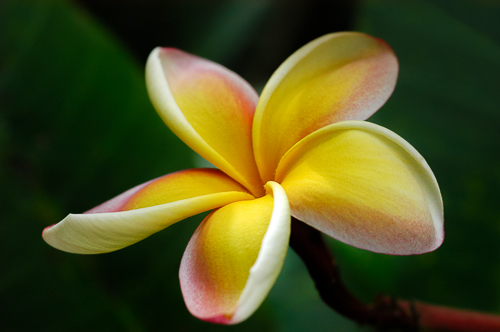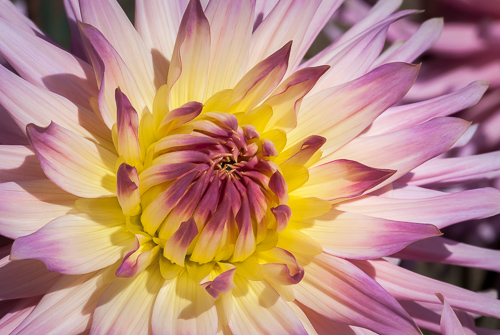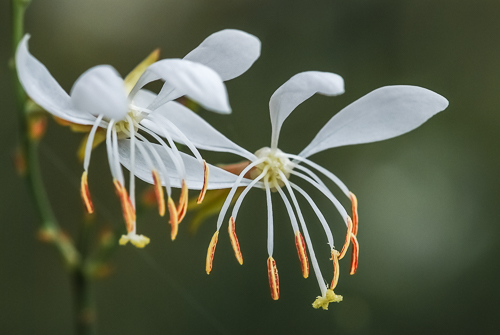You would think that making flower images would be the easiest thing in the world. It’s not!
Setting aside the hazards of scaling cliffs, balancing precariously on tree limbs and rock ledges, wading in water that has who-knows-what in it, and the other wonderful physical aspects of getting to the plant-in-question, because as any wildflower photographer learns, they don’t come to you, there are the trials of making the image itself.
Nothing teaches you the patience of a Zen master as a wildflower bobbing in the breeze, a breeze that is invisible and unnoticeable. If you didn’t know better, you’d almost swear that the plant was actually moving.
After a while you develop a second sense about breezes. You soon learn to feel when a calm spell is coming on and quickly judge the composition, depth-of-field, and exposure, so everything is just right to capture that perfect picture. Should there be no lull in the breeze, you learn to make one, using cardboard or whatever object is within arms reach to block the wind. If all else fails, you try to anticipate where and when the flower will bounce into frame and try to nail it with a fast sequence of multiple exposures!
It’s not just the mind that a photographer develops when pursuing wildflower images. It’s also a unique physical discipline that I like to call floral yoga.
Most plants are as close to the ground as they can possibly be. which is not the preferred point-of-view for those that are not vertically challenged. Invariably, the best position for capturing the perfect floral image is what I like to call Upward Facing Butt: elbows and knees firmly wedged into sharp rocks, neck stretched and strained to catch the proper angle, and posterior pointed skyward to maintain the symmetry and balance of the posture. You learn to work through the pain, which is a constant reminder of why you prefer landscape photography in the first place.




